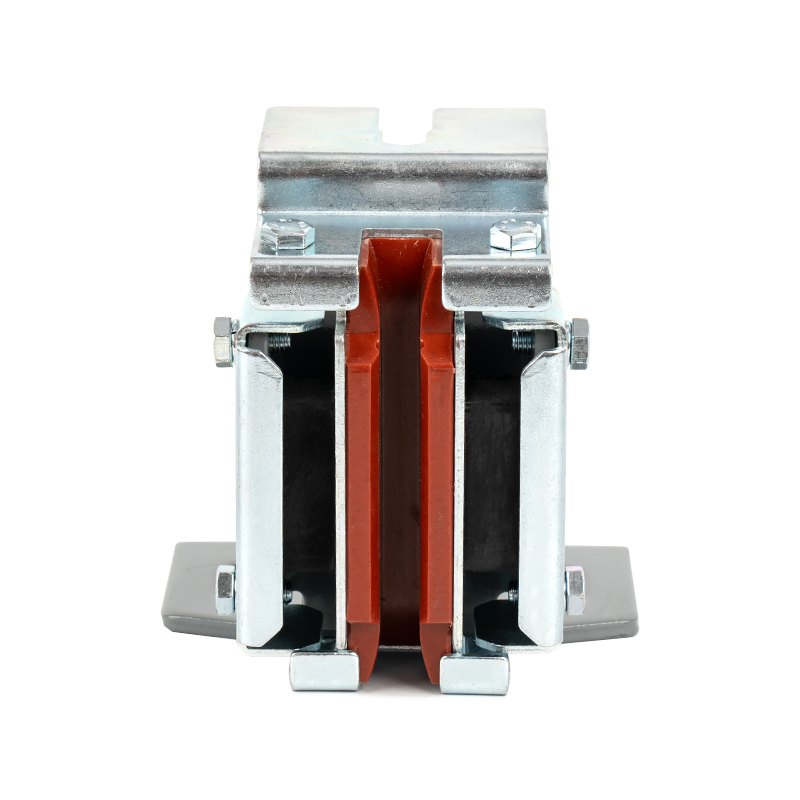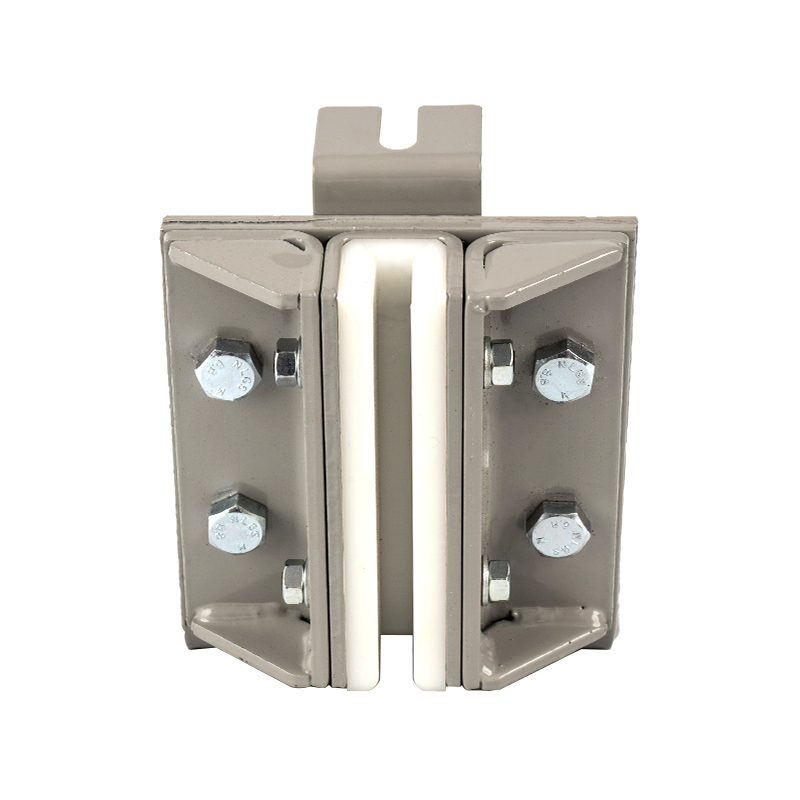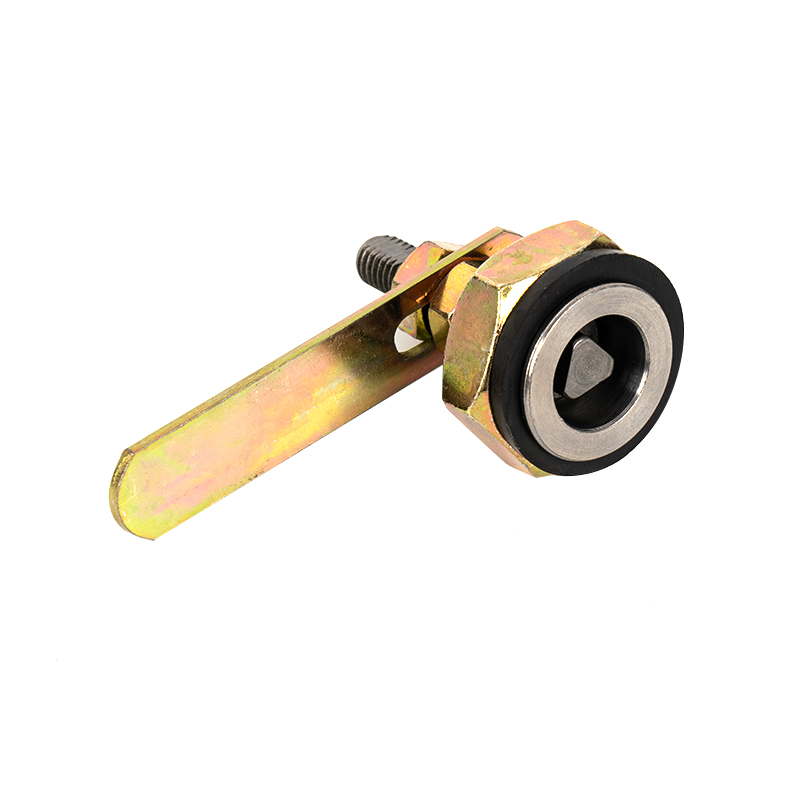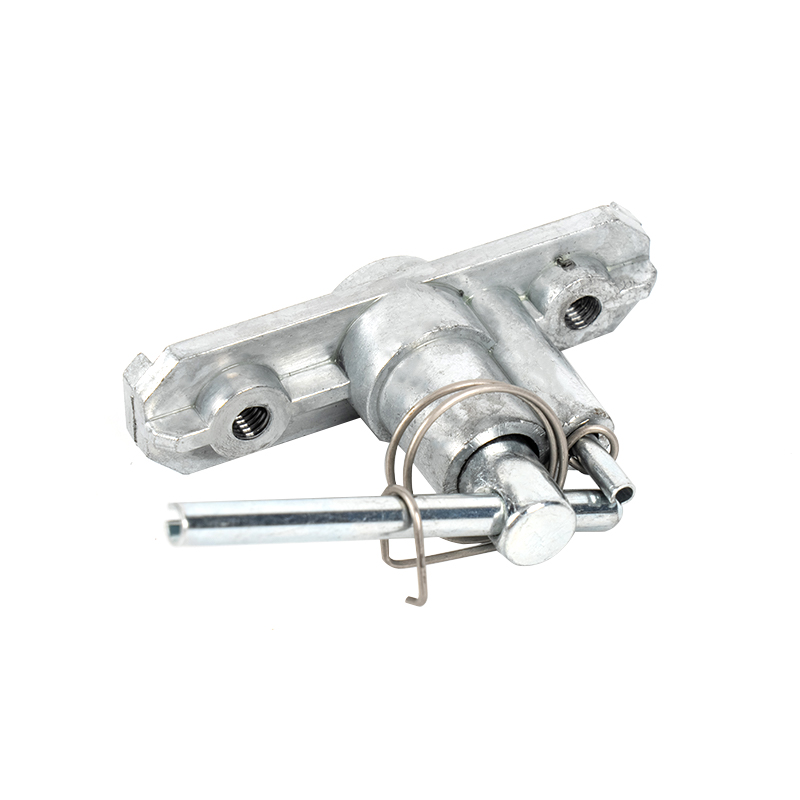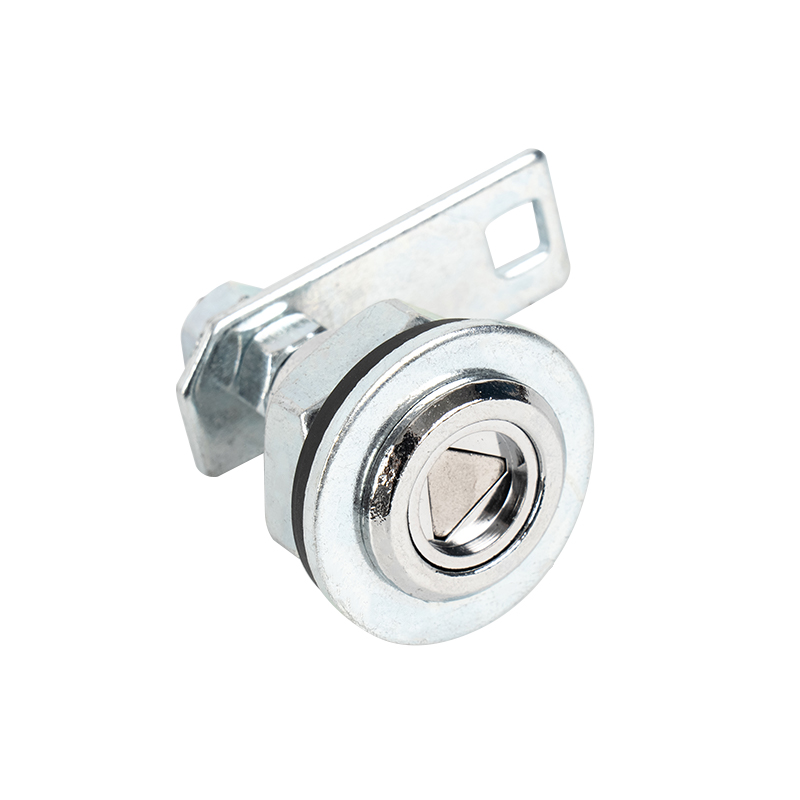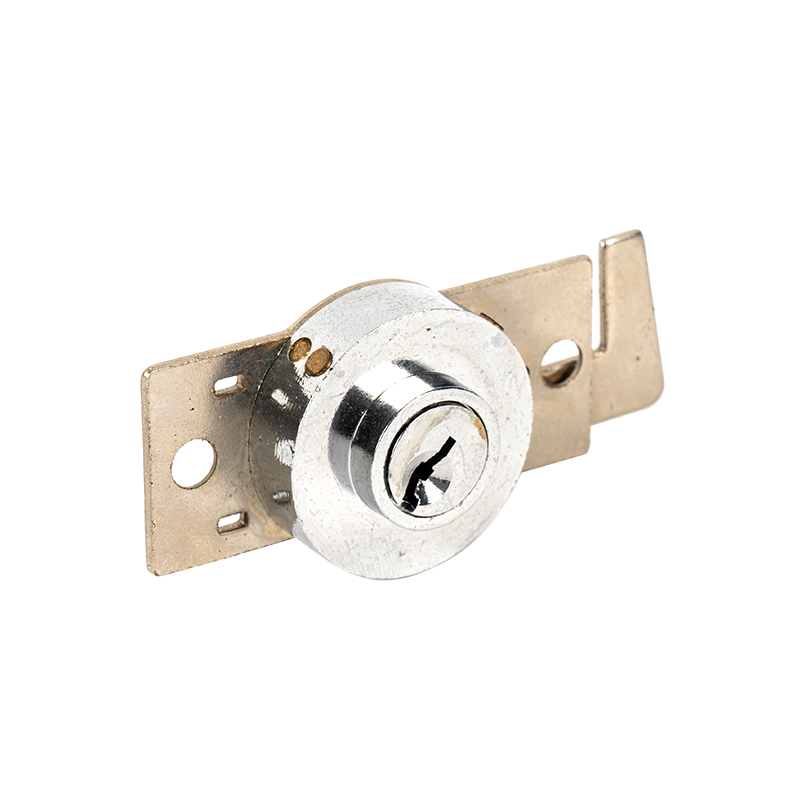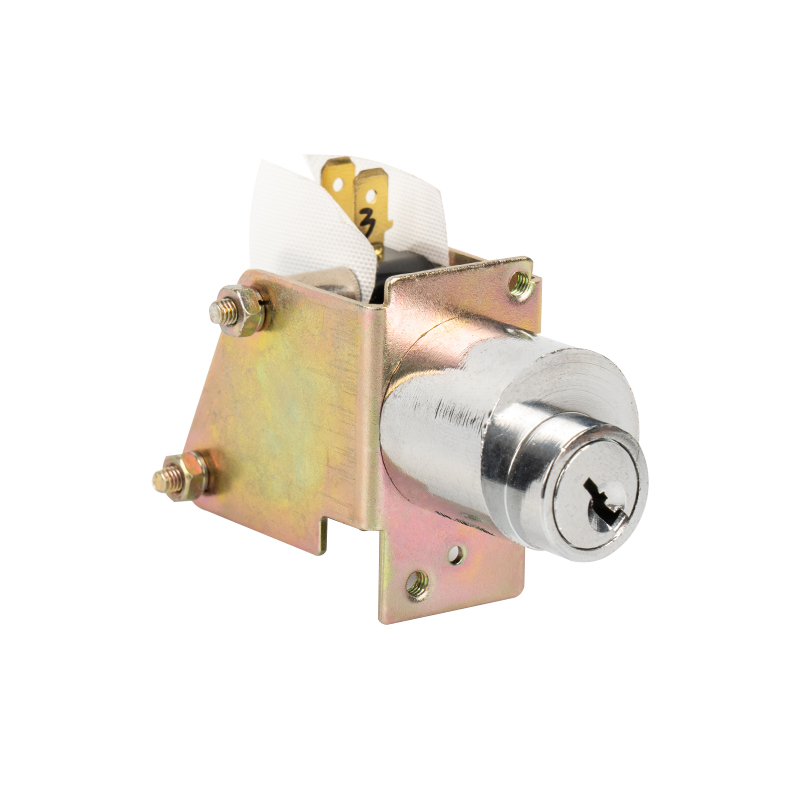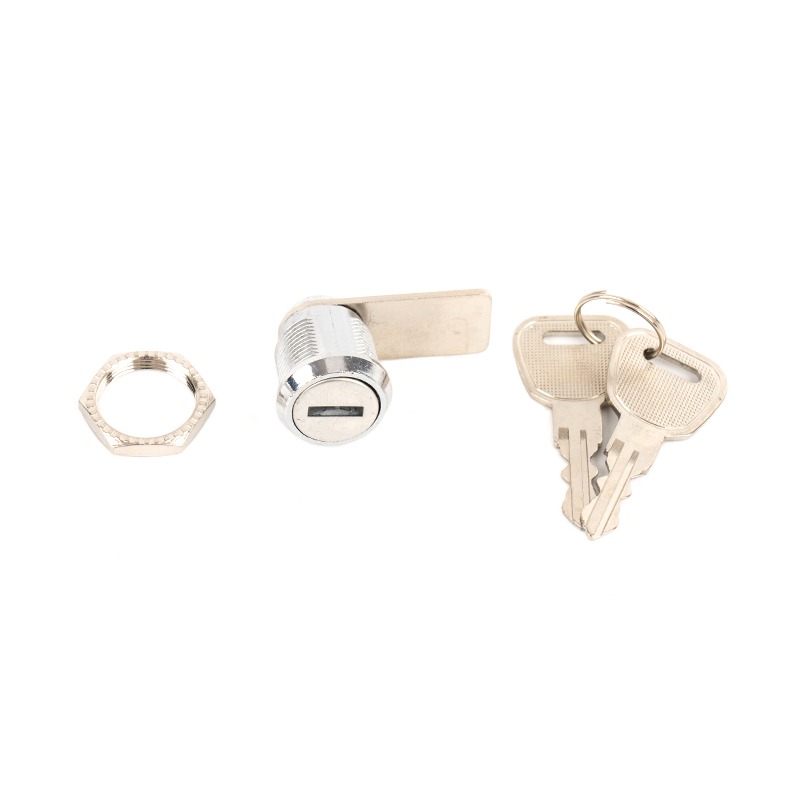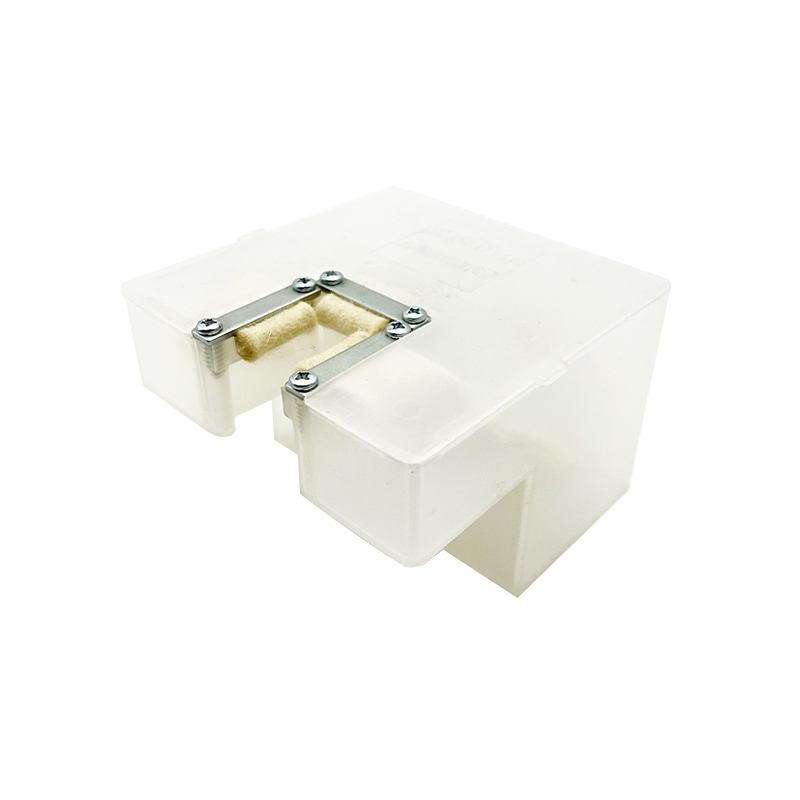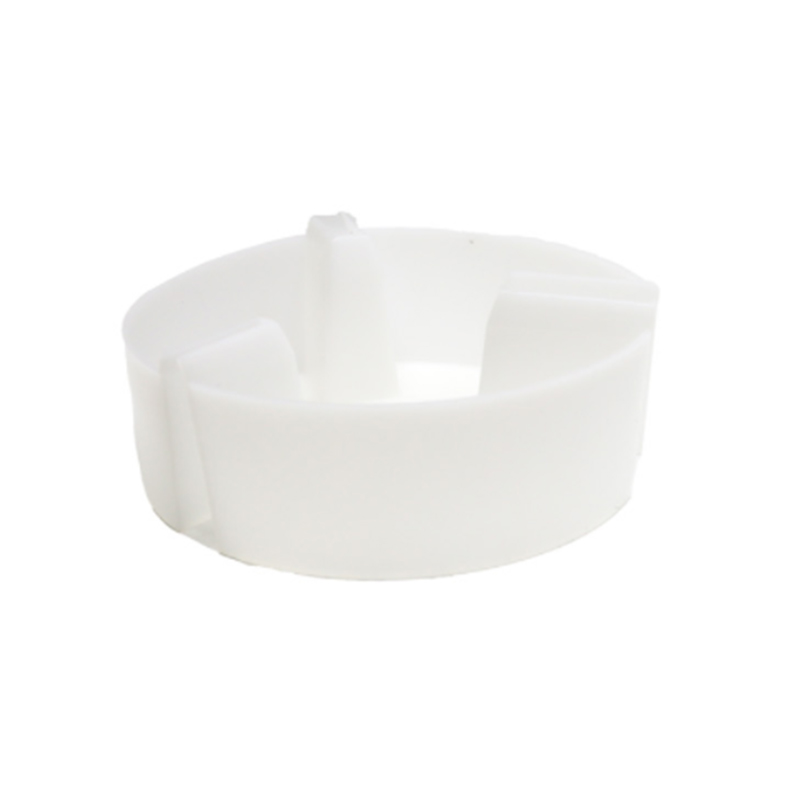1. Why is it necessary to clean the elevator oil cup?
The elevator oil cup (usually referring to the oil cup of the traction machine bearing) ensures continuous lubrication of the bearing. The main reasons for cleaning it are as follows:
Preventing oil line blockage (core reason):
Over long-term use, the oil cup accumulates dust, metal wear debris, sludge, and deteriorated old lubricant.
These impurities can clog the oil cup's oil outlet or the entire oil line, preventing the lubricant from dripping or flowing smoothly into the bearing.
Ensuring lubricant cleanliness:
If the oil cup itself is dirty, newly added clean lubricant will be immediately contaminated. Lubricant with impurities acts like an abrasive, accelerating bearing wear rather than protecting it.
Ensuring lubrication effectiveness:
A clean oil cup and oil line ensures that lubricant is supplied to the bearing at a stable and appropriate rate, forming a good oil film, thereby reducing friction, noise, and temperature rise.
Preventing Equipment Damage:
If bearings are damaged due to lack of oil or poor oil quality, the hoist will run unsteadily and produce unusual noises. In severe cases, the hoist may lock, causing the elevator to stop and resulting in extremely high repair costs.
2. Elevator Oil Cup Cleaning and Oil Change Procedure
This work must be performed by professional, certified elevator maintenance personnel. Ordinary users or property management personnel should never attempt it themselves.
The professional process typically includes:
Shutdown and Power Off: First, stop the elevator and follow strict power-off procedures to ensure safety.
Draining Old Oil: Open the oil drain valve and completely drain any deteriorated and impurity-laden old lubricating oil from the hoist into a designated container.
Removing and Cleaning the Oil Cup: Remove the oil cup and use a dedicated cleaning agent (such as kerosene, diesel, or a specialized cleaning fluid) and tools to thoroughly remove all sludge and impurities from the inner wall of the oil cup and the oil pipe joints.
Inspecting the Oil Line: Also check that the oil line is unobstructed.
Installation and Adding New Oil: After cleaning, reinstall the clean oil cup and add the specified type and amount of new lubricant to the traction motor through the cup.
Run Test: Restore power, start the elevator, and perform a test run. Observe the oil cup for a normal drip rate and any unusual noises or temperature rise in the bearings to ensure everything is functioning properly.
3. Frequency of Cleaning and Oil Changes
Typically, elevator traction motors have a defined oil change cycle (e.g., after a certain period of operation, every six months, or annually). Cleaning the oil cup is an essential step during oil changes.
Maintenance personnel will also observe the color and cleanliness of the lubricating oil through the oil window during regular inspections. If the oil is cloudy, black, or contains obvious impurities, cleaning and oil changes will be performed in advance.


 English
English 中文简体
中文简体
